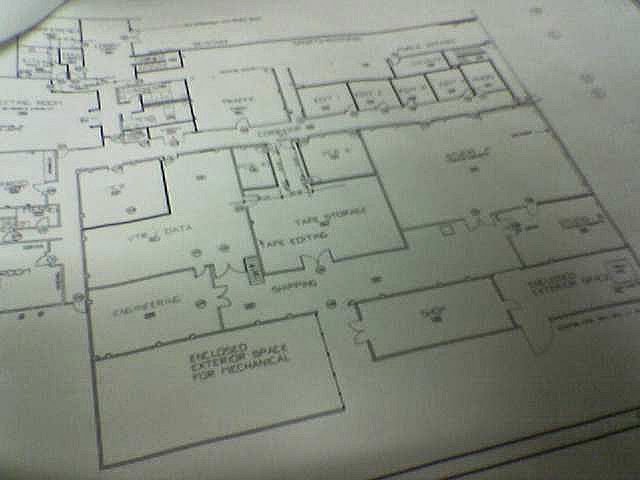| Green America |
Perhaps the most compelling reason to use green cleaners is to keep potent toxins out of your home. The US Environmental Protection Agency (EPA) notes that many household cleaners contain volatile organic compounds (VOCs) such as formaldehyde and harsh acids. Since indoor VOC levels are often two to five times greater than outdoor levels, humans can experience “eye, nose, and throat irritation; headaches; loss of coordination; nausea; and damage to liver, kidney, and central nervous systems” from indoor exposure to these chemicals, according to the EPA.
“Some [VOCs] can cause cancer in animals; some are suspected or known to cause cancer in humans,” the agency says. Most modern chemical cleaners are, quite simply, overkill, notes the nonprofit Children’s Health Environmental Coalition (CHEC). “Atomic energy is not necessary to unclog a drain, nor are the Marines necessary to combat ants,” Jan Williams writes in the CHEC’s book Household Detective. “Most of the time, we can use milder, natural chemicals ... to do the same jobs.”
To view the rest of the article, click here.






























